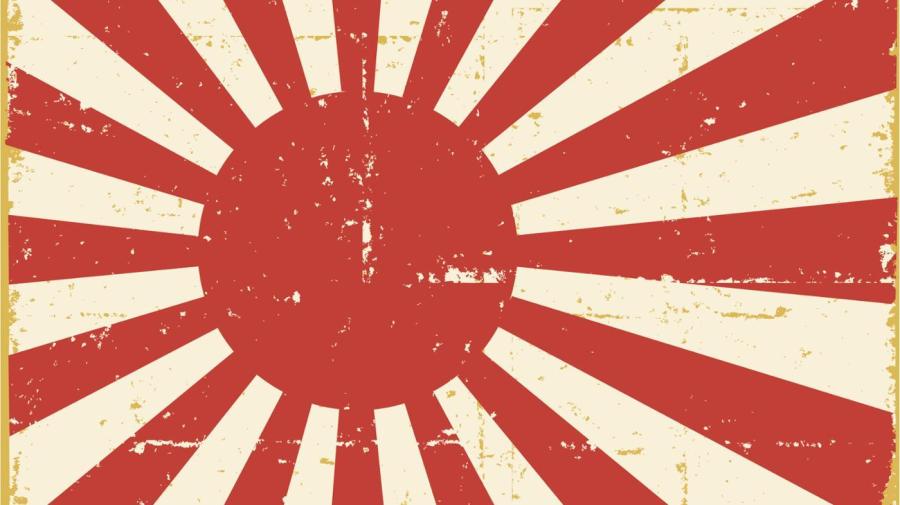What Countries Made up the Axis Powers?

Germany, Italy and Japan were the three principal countries known as the Axis powers in World War II. They created an alliance that recognized Germany’s right to control most of continental Europe, Japan’s right to East Asia and the Pacific, and Italy’s right to the Mediterranean. They became official allies via the Tripartite Pact on Sept. 27, 1940.
The Axis powers had these common objectives: to destroy or neutralize the Soviet Union, to overthrow the post-World War I international order, and to expand their territory and build empires through military dominance. However, unlike the Allied powers of the United States, the Soviet Union, China, Great Britain and France (while it was not under German occupation), the Axis Powers had no coordinated foreign or military policy.
The three principal countries pressured other countries to join their cause. Hungary and Romania joined the Axis Powers on November 20, 1940 and November 23, 1940, hoping the Axis Powers would deter threats that the Soviet Union would overtake their countries. Slovakia joined Nov. 24, 1940. Bulgaria and Yugoslavia joined the Axis powers in March 1941, followed by Croatia on June 15, 1941. Finland fought alongside the Axis Powers against the Soviet Union, but never signed the Tripartite Pact to become a full member.





